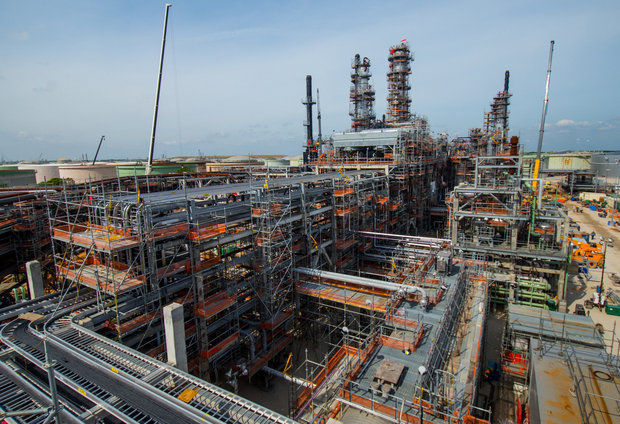

JACKSON, Mississippi (AP) — The economy along Mississippi’s Gulf Coast grew rapidly in 2013, while growth slowed in the state’s other metropolitan areas.
The figures, released Tuesday by the U.S. Commerce Department, show that gross domestic product expanded by 4 percent in the Gulfport-Biloxi-Pascagoula metropolitan area in 2013. That’s a big pickup from 0.1 percent growth in 2012.
Growth in the Hattiesburg metro area slowed to 1 percent in 2013 from 3.9 percent in 2012. In Jackson, growth slowed to 0.4 percent in 2013 from 3.4 percent in 2012. The economy actually shrank in the Memphis area, which includes multiple Mississippi counties, contracting 0.1 percent in 2013 after rising 2.1 percent in 2012.
The numbers seek to measure all the economic output of each metropolitan area, as defined by the federal government.
The coast metro area’s numbers can be volatile because of swings from year to year in business profits from the Chevron Corp. refinery and Huntington Ingalls Industries shipyard. Refining profits were strong in 2013, boosting a number of metropolitan areas that host refineries, including the nation’s fastest-growing metro area, Mount Vernon-Anacortes, Washington.
Manufacturing overall added 1.63 percentage points to the coast’s economy in 2013, while finance, insurance and real estate added 1.08 percentage points.
Gulfport-Biloxi-Pascagoula’s overall economy, at $16.2 billion, remains 11 percent smaller than it was in 2008. The area endured three years of contraction, followed by bare growth of 0.1 percent in 2012. Jackson and Hattiesburg, by comparison, had outstripped nationwide growth in 2012.
Last year, Jackson was dragged down by a contraction in the natural resources and mining sector. While growth was strong in trade and construction, it was below par in most other economic sectors.
Hattiesburg surpassed the national average in growth of trade and transportation and utilities. But manufacturing, natural resources and mining and weakness in white-collar occupations dragged down output.

